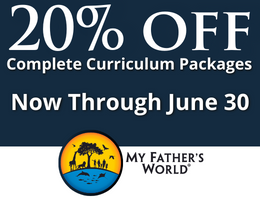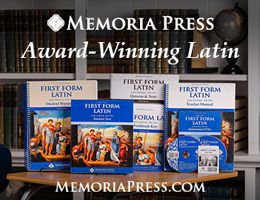We're sorry but we couldn't find the page that you are trying to reach, but maybe we can help.
If you are looking for a specific topic, try looking in our navigation.
If you are looking for a specific review try our search field above.
If you need help, try using our contact form to let us know how we can help you.










